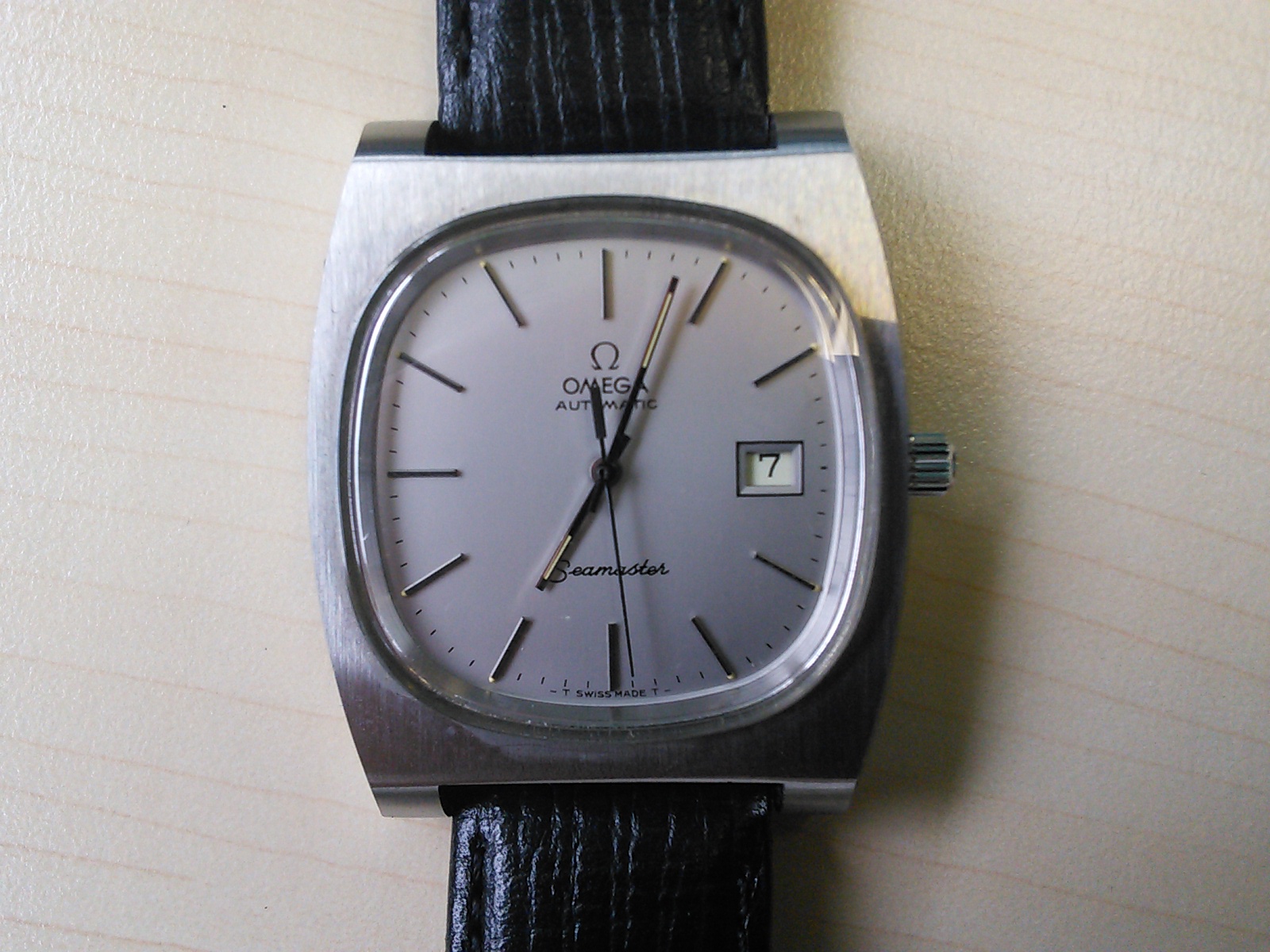
Omega Prototype
cal. 1522
Factory Spec. n/a
Thermoinsensitive: High Frequency (4 MHz)
User Adjustable: Yes

This watch is currently the pride of my collection. I was very fortunate to come across this in my first year of collecting, as it is one of just two known 4.19 MHz prototypes that Omega produced in the mid 1970s. There are still a few more 4 MHz watches that I would like to collect, of course, but this is a rarity that is safely in my hands and I am overjoyed about it. It is also in great condition and looks very nice on my wrist. It has a trimmer for the rate and an independently adjustable hour hand. It hasn't got a perpetual calendar and the movement seems rather fragile, but the trimmer and independently adjustable hour hand alone make this a very decent HAQ. It remains to be seen whether the watch can hold good accuracy over long periods.
To explain a little bit about this watch, I should say that in the early days of quartz watches there was a fair bit of experimentation with frequencies and approaches to the temperature problem. Omega famously made their 2.4 MHz Marine Chronometer, and Citizen also made a well-known MHz watch - the Crystron 4 Mega. Both of these are on my 'wish list'. Somewhat less well-known were the Junghans Megaquarz and the Casio SP series. In 1978 Junghans released 2,000 quartz chronometer watches with 4.19 MHz oscillators. These are as rare as hens' teeth, these days, but I remain hopeful in getting one. In the 1980s, Casio released the SP-400G (10 SPY), the SP-400 (15 SPY) and the SP-410 (15 SPY). There is not much known about these. They rather flew under the radar, so to speak. But they did have 4.19 MHz oscillators and rate trimmers, so they are considered HAQ watches and I was lucky enough to pick one up.
Omega's prototype 4.19 MHz watch was housed in a case formerly used for their tuning fork watches, and had an 'automatic' Seamaster dial. The 1522 movement shares several design features of the 1342, although it draws 7 microamps compared to the 1342's maximum acceptable limit of 5. In its first round of repairs (I noticed it was non-functional as soon as I received it from the seller), the broken original battery clamp was replaced by the battery clamp from a cal. 1332, which was judged to offer the best solution for the 390 battery that the movement would need.
I understand that, back in the 1970s, Omega let engineers take prototypes home. For reasons as yet unknown, Omega decided not to take their 4 MHz watch forward into production and so the two prototypes ended up in private hands. The version I have is believed to be slightly newer than the other, as it has the calibre '1522' stamped on it, whereas the other hasn't. It is not, however, anywhere close to being a consumer-ready watch. It is not very finely finished and is rather fragile.
I have had to pull out the stem to adjust the watch on two occasions: when I first got it, to check its functionality, and when I got it back from its second round of mending, in order to set the hour to Hong Kong time. Each time, the act of pulling out the stem left me with a feeling that the stem was incredibly flimsy and barely attached to the innards of the movement. It was an unpleasant experience to try to set this watch. And when I attempted to adjust the rate, the trimmer broke. That was what necessitated the second round of mending. It's all fixed, now, and the service centre have put a new case (old stock) and strap on it, so that I might wear it without fear of causing further damage to the original parts. The original battery clamp, case and strap are all safely stored away because someone thinks I might actually consider selling this watch, one day.
Some details for this watch may be missing because it has not yet undergone comprehensive testing.
| Parent Company | Swatch Group |
| Brand | Omega |
| Model Series | none |
| Model Name | none |
| Model Number | none |
| Case Number | 198.0068 |
| Serial Number | none |
| Approx. Date of Manufacture | 1975 |
| Calibre (mvt maker) | 1522 |
| Calibre (brand) | 1522 |
| Factory SPY | none |
| TC Appproach | Thermoinsensitive: HF |
| Frequency (XO 1) | 4.19 MHz |
| Frequency (XO 2) | n/a |
| Rate Adjustment | User |
| Major Inhibition Period | n/a |
| Minor Inhibition Period | unknown |
| Power | Disposable cell |
| Cell Number | 390 |
| Case Back | Screw |
| Water Resistance | unknown |
| Features | 3-hand, no numeral dial |
| Date (not perpetual) | |
| Independently adjustable hour hand | |
| Timing Results | Basic data & Further details |
| Images | Photos - Large File Sizes! |